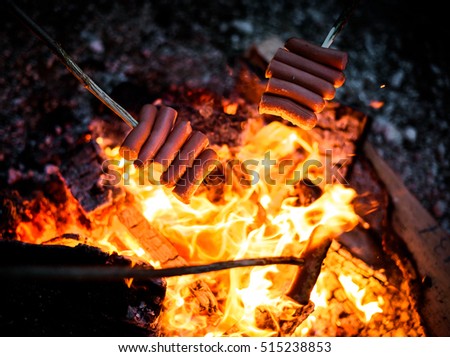 Photo: Cooking vegetables in a pan. Most readers at this time have not less than a obscure concept of proteins and fats, molecules and energy, and a vague thought is enough to comply with a lot of the explanations within the first 13 chapters, which cover widespread foods and methods of getting ready them.
Photo: Cooking vegetables in a pan. Most readers at this time have not less than a obscure concept of proteins and fats, molecules and energy, and a vague thought is enough to comply with a lot of the explanations within the first 13 chapters, which cover widespread foods and methods of getting ready them.
If you know that warmth is a manifestation of the actions of molecules, and that sufficiently energetic collisions disrupt the structures of molecules and ultimately break them aside, then you’re very near understanding why heat solidifies eggs and makes foods tastier.
The nice French chemist Louis Pasteur inspired two elementary modifications in dairy observe: pasteurization, the pathogen-killing warmth therapy that bears his identify; and the usage of standard, purified microbial cultures to make cheeses and different fermented foods.
I pointed out that a nineteenth-century German chemist nonetheless influences how many individuals think about cooking meat, and that around the flip of the twentieth century, Fannie Farmer began her cookbook with what she called “condensed scientific information” about elements.
One batch of the tomato pasta sauce is produced utilizing full-scale factory equipment e.g., industrial scales (in a position to weigh as much as 20kgs), steam-heated boiling pan with mixing paddle (holding 50kgs sauce), automated vegetable peeler and dicer (capable of getting ready 10kg batches of vegetables) to supply round 50kgs of sauce.